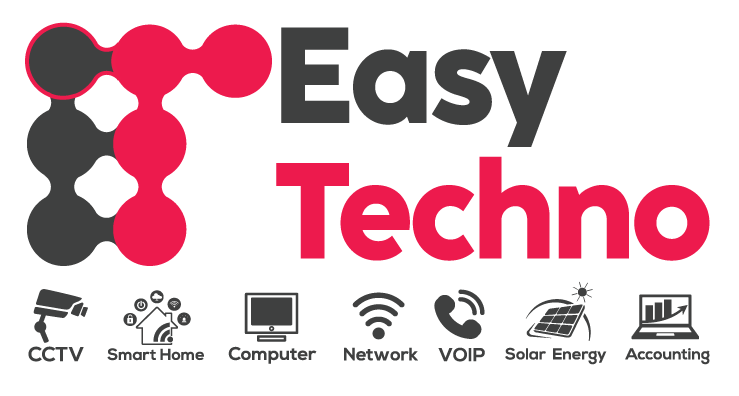
Setting up
Rack Management
in Dubai and Oman
Rack management refers to the process of organizing and managing the physical infrastructure of a data center or server room. The goal of rack management is to ensure that the servers and other equipment are installed and configured in a way that maximizes efficiency, minimizes downtime, and promotes safety.
Here are some key elements of effective rack management:
Planning: Before installing any equipment, it is important to have a clear plan that takes into account factors such as power requirements, cooling needs, and cable management.
Labeling: All equipment should be clearly labeled with identifying information such as make, model, and serial number. This can make it easier to track inventory and troubleshoot issues.
Cable management: Cable management is crucial for maintaining a neat and organized rack. Cables should be neatly bundled and labeled to ensure that they can be easily traced and replaced if necessary.
Airflow management: Proper airflow is critical for maintaining a stable and cool environment within the rack. Equipment should be arranged in a way that promotes efficient airflow, and any hot spots should be identified and addressed.
Power management: Power management is another important aspect of rack management. Power strips should be properly rated for the equipment they are powering, and backup power sources such as uninterruptible power supplies (UPS) should be used to prevent downtime in case of power outages.
Security: Physical security measures such as locking cabinets and doors should be used to prevent unauthorized access to the equipment.
Effective rack management can help reduce the risk of downtime and improve the overall efficiency of a data center or server room. It is important to regularly review and update rack configurations as needed to ensure that they continue to meet the evolving needs of the organization.
